English Ivy - how moist is "moist"?
ellenr22 - NJ - Zone 6b/7a
9 years ago
Related Stories

GROUND COVERSNative Alternatives to English Ivy, Japanese Pachysandra and Periwinkle
These shade-loving ground covers are good for the environment and say something about where you are
Full Story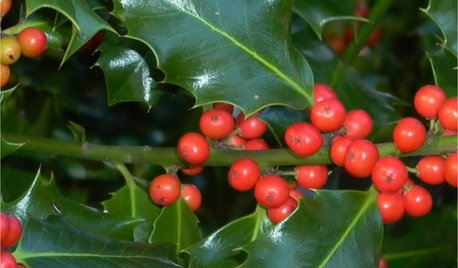
GARDENING GUIDES9 Holly and Ivy Plants for Good Tidings in the Garden
Spread Christmas joy all year round with the gorgeous foliage and bright berries of these evergreen plants
Full Story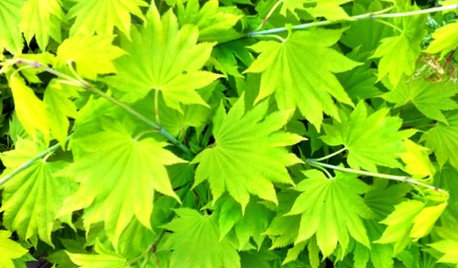
LIME FOLIAGE16 Stunners From an English Garden Center
Get the abundant, overflowing look of an English garden with these hardworking spring-blooming plants and flowers
Full Story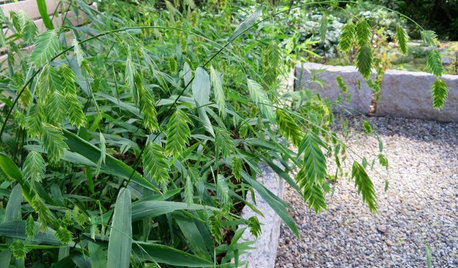
GARDENING GUIDESGreat Design Plant: Chasmanthium Latifolium
Inland sea oats is an easy native grass for a moist, shady garden spot
Full Story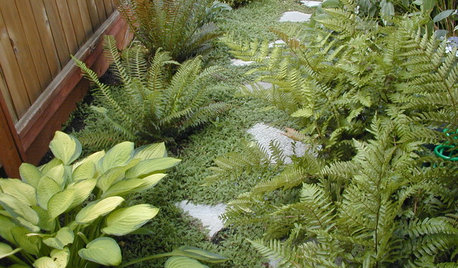
LANDSCAPE DESIGN6 Great Ways With Garden Ground Covers
Use them as problem solvers, weed killers, color and texture providers ... ground cover plants have both practical and visual appeal
Full Story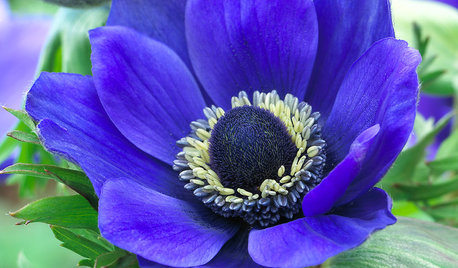
FALL GARDENING6 Splendid Blue-Flowering Bulbs
How do you blue? With colors from sky to cobalt, these bulbs will greet you merrily in a spring garden
Full Story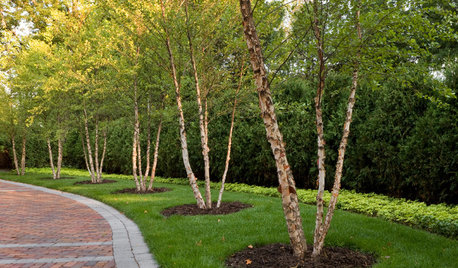
LANDSCAPE DESIGNGreat Design Plant: River Birch
Pick this rugged native tree for its intriguing peeling bark, soil adaptability or leaves that bring dappled shade to a garden
Full Story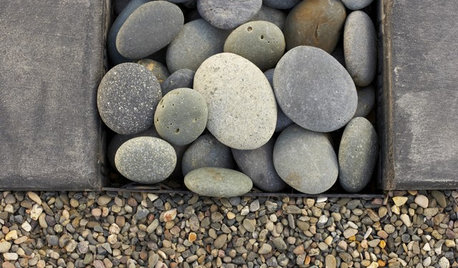
LANDSCAPE DESIGNThe Right Stone for Your Garden Design
Gravel, pebble, cobble and paddle: Stones vary in size and shape, and have different uses in the landscape
Full Story
COOL-SEASON CROPSCool-Season Vegetables: How to Grow Peas
Their sweetness isn't just for spring. Peas thrive in cool weather too, adding a garden-fresh note to soups, salads and more through fall
Full Story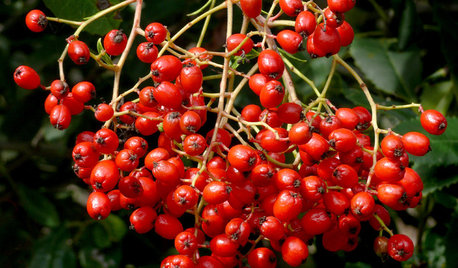
GARDENING GUIDESCalifornia Gardener's December Checklist
Let California's version of holly brighten the winter landscape — or consider another holiday performer from the whole host of choices
Full Story








ellenr22 - NJ - Zone 6b/7aOriginal Author
petrushka (7b)
Related Professionals
Deer Park Landscape Architects & Landscape Designers · Garden City Landscape Architects & Landscape Designers · Bloomington Landscape Contractors · Cambridge Landscape Contractors · Cockeysville Landscape Contractors · Costa Mesa Landscape Contractors · Dallas Landscape Contractors · Hoover Landscape Contractors · Las Vegas Landscape Contractors · San Carlos Park Landscape Contractors · Tigard Landscape Contractors · West Coon Rapids Landscape Contractors · West Orange Landscape Contractors · Nashville Interior Designers & Decorators · Queens Interior Designers & Decoratorsken_adrian Adrian MI cold Z5
ellenr22 - NJ - Zone 6b/7aOriginal Author
tapla (mid-Michigan, USDA z5b-6a)
ellenr22 - NJ - Zone 6b/7aOriginal Author
tapla (mid-Michigan, USDA z5b-6a)